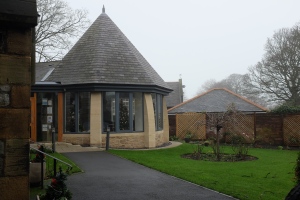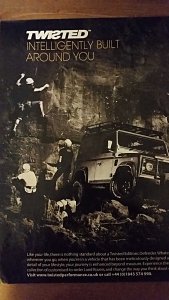Read Thomas McEvilley’s introduction to Inside the White Cube: The Ideology of the Gallery Space, which provides a good summary of O’Doherty’s suite of essays. Note down the key points and your own reflections in your learning log.
O’Doherty’s essays aim to describe three things:
- The influence of the gallery on the art object
- The influence of the gallery on the viewer
- How the context created by the gallery (curator?) consumes the object – leaving only the context.
Part 1 – the art object
The sterility of the gallery appears to have the ability to separate, or rather isolate, the art from its original context. By placing it inside a ‘sterile’ environment – the white cube – it is removed completely from its time and place; in this case time being the most critical of the elements. The principal reason being power over the situation; the situation being the art object, the viewer (specifically) and the general population (by maintaining the social hierarchy). If an object is rare, by default it becomes special, expensive and beautiful – regardless of reality, the object takes on an inferred status and this status ensures it maintains a safe distance from the mundane.
The white cube is likened to the pyramids and to the Paleolithic caves, both of which were perceived to be places of special (religious) significance to the ruling elite of the times. The most senior member of the societies were buried in these places, as close as possible to the Gods, to enable them to carry on their journeys into the next life. These places were considered to be ‘portals’ connecting heaven and earth, thus limiting the access to such places enabled the continuance of power within a select group of individuals. These ‘spaces’ remain unchanged because of their isolation and these ‘objects’ within them become mysterious, magical artifacts linking mortal man with eternity.
Back to today’s gallery space, by removing the art object from any context and placing it within the White Cube it ostensibly creates artistic posterity, of undying beauty, of the masterpiece. Similarly, the same specific type of limitations apply, ratification of the objects is made by an ‘elite’ group of people with a shared sensibility, effectively ignoring the rest of the population.
Part 2 – the viewer
This section is about the ‘human self‘ which ironically is nothing about the human self, but rather the self that we become when we enter the White Cube. O’Doherty believes “we absence ourselves in favour of the Eye and the Spectator“, in other words our behaviour becomes that which is expected by the elite group that allowed us access to their ‘religious sanctuary’. We are diminutive and respectful; we accept/believe what we are told; we whisper and we worship regardless of our religious proclivities.
Part 3 – the context become the art
Unlike other gallery spaces, the white cubes are sterile spaces specifically created as exhibition spaces; because of their ‘clinical’ environment, they don’t bring history (past building use) to the exhibition – the art stands by itself. O’Doherty traces the development transition of the cube as a space, as part to the object, as the enabler of the artwork, as the artwork itself…
“The white cube was a transitional device that attempted to bleach out the past and at the same time control the future by appealing to supposedly transcendental modes of presence and power.” The problem with this concept is that the white cube became this transcendental or metaphysical world (space), the cube was/is the unchanging abstraction, the pure aesthetic.
“Plato held that the beginning was a blank where there appeared inexplicably a spot which stretched into a line, which flowed into a plane; which folded into a solid; which cast a shadow; which is what we see.” If we accept that mathematics is a different dimension – a pure, abstract dimension – completely separate from the human dimension (realm), then the white cube (a pure geometric shape) could be the blank face from which art evolves.
So…
The purpose of the cube is to separate art from time and context; to wrap it in a controlling and limited aesthetic managed by an elite group of individuals whose purpose is power and commercial gain. To ensure that the art, its critics and its supporters remain aloof and at a comfortable distance from the masses; and at the same time foster a culture that facilitates eternality for the object and those involved. Additionally, the inferred religious status of the environment is such that when access is granted to the great-unwashed, they (we) wander around feeling humbled and awed by the experience – regardless of whether it was genuinely humbling or awe-inspiring.
Questions…
- If the environment does not enable us to be ourselves or allow us to question/challenge sufficiently to understand what we are seeing, then how do we appreciate the art?
- Why do we continue to return to these places if they make us feel uncomfortable or inadequate?
- If the white cube is part of the art object, does that not mean we are also part of the art object and integral to other people’s perception/appreciation of that artwork?
- Does it not also follow that different people will have/gain different perceptions of the artwork because they visit on different days with different people?
Finally, ignoring my cynicism, today’s’ galleries (white or otherwise) need funding and whether we like it or not art is now a commodity. Art and the art world has always tended to be a closed shop; but I would suggest galleries and museums are more accessible than they have ever been and also exhibit a significantly more diverse range of portfolios. Whilst it’s easy to be critical of O’Doherty’s essays they are 30 years old and as McEvilley states in his introduction ‘the rate of change is increasing and articles written today (1986) will either have been forgotten or will have become classics.’ That said, it is conceivable that the white cube could be the blank face of artistic evolution.




